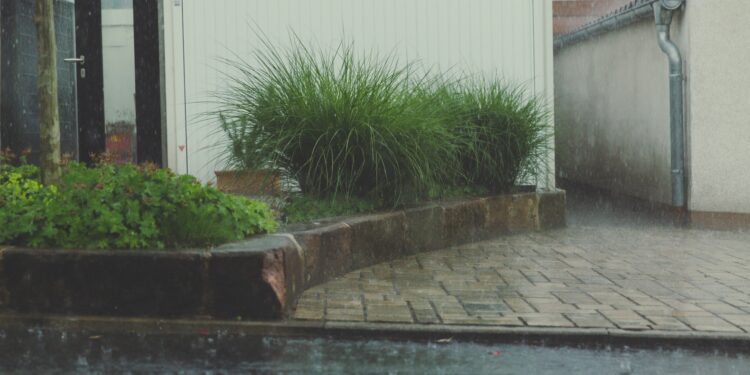There are eight easy things you can do right away to get your house ready and lessen the possible damage brought on by severe storms or rain.
Keep Your Yard Clean And Secured
Large objects like outdoor furniture, trampolines, and roofing iron can be picked up by strong winds and cause damage to windows, roofs, and automobiles. Try to maintain orderly surroundings on your property. Determine what needs to be secured or stored if there is a chance of a severe storm or strong wind. This information can be useful to add in your plan.
Clear Your Gutters And Drains Frequently
Clean your gutters and downspouts free since obstructions can lead to water spill under the eaves and into the roof hollow. When it rains heavily, leaves can block the gutters, so remove them from the dips of your roof. To assist surface water drain from your property and stop it from accumulating and infiltrating it, keep the drains surrounding it clear. If a significant amount of rain is forecast, keep in mind to park far from drains and low lying places. Plan a residential rain gutter installation before an emergency.
Trim Trees That Might Fall
Ask your local council whether there are any regulations or consent requests that must be submitted. Keep in mind that your safety is crucial, so if you require advice, consult a certified (and licensed) arborist or tree surgeon. Take caution when excavating or digging around trees because root harm is a common reason for tree failure. If heavy gusts and violent storms are expected, keep in mind to park your automobile away from trees.
Fix Any Roof Damage
Each year (or after significant occurrences like hailstorms), have your roof inspected for damage. Fix any tiles that are cracked, broken, or misplaced. As accumulated debris can obstruct the drainage systems on the bottom of tiles, it should be cleared away. Roof sheeting that has been damaged might have to be fixed or replaced. Every 5-7 years, have a professional tradesperson inspect your roof. They are able to recognise and address problems including hip cap or ridge replacement, re-bedding, and re-pointing.
Verify That Your Insurance Coverage Is Adequate And Up To Date
Think on elements like the nature of the insurance (content insurance, mortgages or building insurance for homeowners). Also take into account the level of coverage you have. Make sure that your insurance coverage covers the kinds of incidents that are unique to your area, such as flash floods, storm water runoff, connected landslides, and tree-related property damage.
Create A Family Emergency Plan That Details What You’ll Do In A Crisis
Assess where your family members might be (at school, work, or while commuting), how you’ll contact them, and where you can meet. Keep in mind that rainfall and other unforeseen circumstances can take place at any moment of day. Think about how you will handle these situations and who you might be able to turn to for additional help. Ensure that everyone is aware of the strategy.












